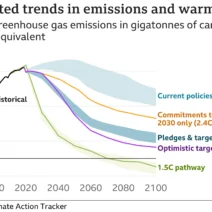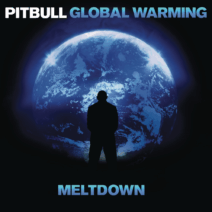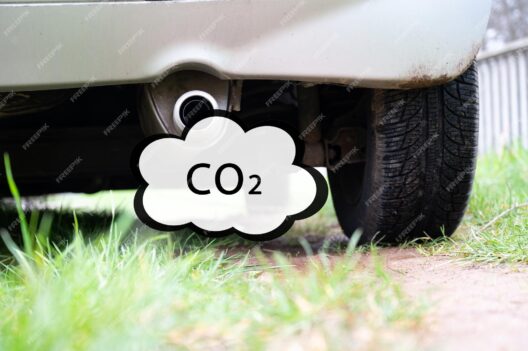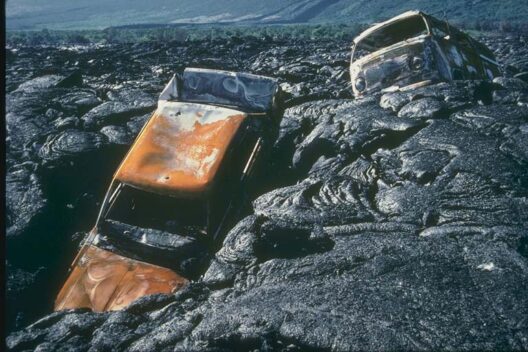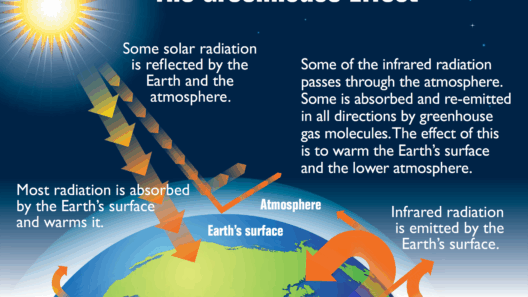The greenhouse phenomenon evokes a vivid image of an invisible blanket that envelops our planet—retaining warmth much like a cozy night spent wrapped in a thick, velvety quilt. This intricate interplay of various factors not only creates a conducive habitat for life but also has spawned a consequential tale of climate dynamics. The crux of understanding the greenhouse effect lies in unraveling the delicate balance of conditions that contribute to it. Here, we delve deeply into the factors influencing this pivotal environmental phenomenon.
To understand the greenhouse phenomenon, consider it through the prism of energy dynamics. The sun, an effulgent sphere of nuclear fusion, emits radiation that traverses the cosmos to meet our atmosphere. When this solar energy arrives, the Earth’s surface absorbs a portion, generating heat that is subsequently emitted back into the atmosphere as infrared radiation. The choreography of energy exchange, however, does not end there; this is where the agents of the greenhouse effect perform their critical roles.
One cannot underestimate the significance of greenhouse gases, the unsung heroes, and villains in this narrative. Carbon dioxide, methane, nitrous oxide, and water vapor are the primary players in this grand performance. To elucidate their roles is to uncover the layers of the greenhouse effect itself.
Greenhouse gases manifest a duality: while they are crucial for maintaining life, their overabundance presents existential challenges. The industrial revolution marked a turning point; it catalyzed the release of these gases at unprecedented rates. The contrast between the harmonious past and the tumultuous present poses a poignant question—how has humankind’s progress become entwined with environmental degradation?
Climate Change: The Ripple Effect of Greenhouse Gases
As the concentration of greenhouse gases in the atmosphere escalates, the implications ripple outward, much like the concentric circles formed when a stone is cast into a placid pond. Each layer of consequence—rising global temperatures, altered precipitation patterns, and shifting ecosystems—serves as a testament to the transformative power of these gases.
Carbon dioxide, the most prevalent greenhouse gas, is often termed the “common denominator” in this equation. Its concentration has surged over the last century due to fossil fuel combustion and deforestation. This change has repercussions that extend beyond mere temperature increase; it also exacerbates ocean acidification and disrupts marine ecosystems. The death knell for coral reefs—often termed the “rainforests of the sea”—echoes the plight of our changing atmosphere.
Methane, while less abundant than carbon dioxide, is alarmingly more potent in terms of heat retention, holding over 25 times the ability to trap heat compared to carbon dioxide over a 100-year period. Much of the methane released into the atmosphere arises from agricultural practices, particularly livestock digestion and rice production, as well as from fossil fuel extraction and distribution. The implications of its potency are staggering, offering a stark reminder of the need for sustainable agricultural practices.
Understanding the role of land-use changes in the greenhouse phenomenon is crucial. When forests are felled to make way for agriculture or urban expansion, not only is carbon sequestration disrupted, but additional carbon stored in trees and soil is released, further enhancing greenhouse gas concentrations. This illustrates the interconnectedness of human activity and climate health, underlining the profound responsibility borne by a growing global population.
Climate Feedback Loops: The Intensifying Cycle
The phenomenon of climate feedback loops further elucidates the complexities inherent in the greenhouse effect. Picture a taut rubber band—a slight stretch can lead to an exponential pull. For instance, as temperatures rise, ice sheets and glaciers melt, reducing the Earth’s albedo (reflectivity) and thereby increasing heat absorption. This not only accelerates the warming process but also contributes to rising sea levels—threatening coastal ecosystems and human settlements alike.
This feedback mechanism is not merely a tale of geological shifts; it is intricately woven with human narratives. The impact of intensified storms and natural disasters, resulting from fluctuations in climate, illustrates how ecological transformations can drive socio-economic upheavals, causing displacement and strife. Communities must grapple with the urgent need for resilience in the wake of these environmental shifts.
Addressing the challenge of greenhouse gas emissions necessitates a multi-faceted approach involving technological innovation, sustainable practices, and ecological conscientiousness. Engaging in renewable energy initiatives, enhancing energy efficiency, and fostering carbon capture technologies are imperative steps toward mitigating these emissions. However, they must be complemented by a widespread cultural shift towards sustainable living—one that embraces conservation and resilience.
The Call to Innovation: Pioneering Solutions for a Volatile Future
The resolution of the greenhouse phenomenon doesn’t lie solely in policy adjustments. It beckons a renaissance of mindsets, where individuals, communities, and nations embark on a journey of environmental stewardship. Ecological restoration projects, which focus on reforestation, wetland restoration, and soil health, resonate with echoes of collective responsibility. These initiatives represent not only a chance to counteract historical carbon emissions but also a beacon of hope for future generations.
In conclusion, navigating the nuances of the greenhouse phenomenon requires discerning the multifactorial nature of its influences. From the dynamics of greenhouse gases and feedback loops to the implications of land-use change, each aspect crystallizes the intricate tapestry of climate systems. Humanity stands at a precipice; the choices made today will sculpt the environmental landscape of tomorrow. To forge a resilient future, embracing sustainable practices and innovative solutions is not merely beneficial—it is an imperative. This challenge sparks an intrinsic call to action, urging society to recognize its integral role in sustaining the delicate balance of our planet. Unfurling this awareness reflects not only an understanding of the greenhouse effect but also a profound commitment to safeguarding the Earth for generations yet to come.

